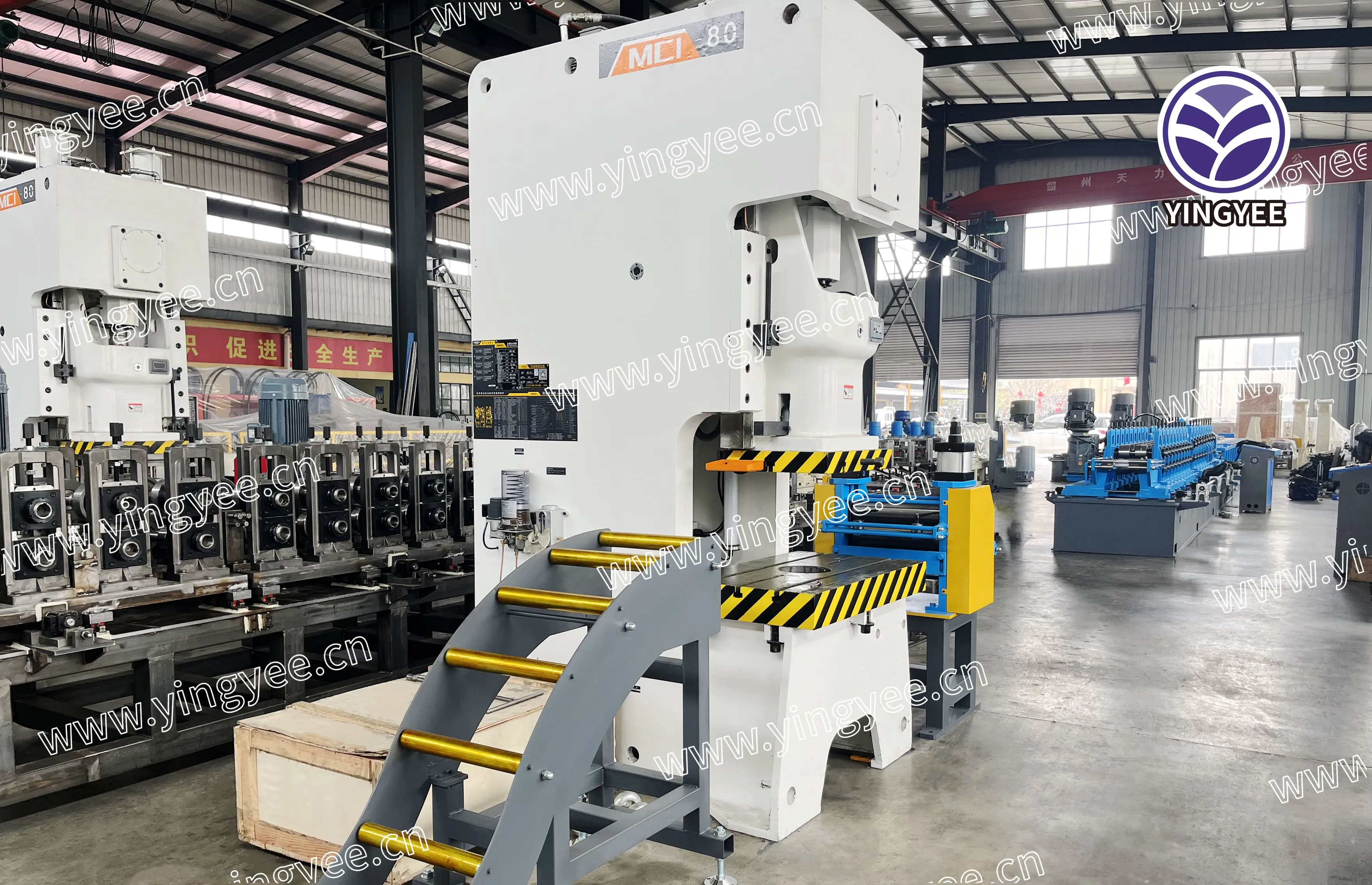
Understanding Roll Forming A Comprehensive Overview
Roll forming is a versatile and efficient manufacturing process that involves shaping metal into specific profiles through a series of contoured rollers. This technique is widely used across various industries, thanks to its ability to produce complex shapes with tight tolerances and consistent quality. In this article, we will explore the roll forming process, its applications, advantages, and considerations.
The roll forming process begins with a continuous strip or sheet of metal, typically steel or aluminum. The metal is fed into a set of rollers that gradually shape it by passing through multiple stands, each with precisely designed profiles. The rollers work in sequence, bending the material incrementally until it takes on the desired shape. This continuous operation allows for high-speed production, making roll forming an economically viable choice for manufacturing parts in large quantities.
One of the major advantages of roll forming is its ability to create complex shapes that are not easily achievable through other methods such as stamping or machining
. The process can produce parts with various cross-sectional geometries, including angles, channels, and tubes, without generating significant waste. Additionally, roll forming is capable of producing long lengths of material, which can be cut to size after the forming process, streamlining production and reducing material waste.
Roll forming is employed in a variety of industries, including the automotive, construction, and manufacturing sectors. In the automotive industry, it is commonly used to create structural components, brackets, and trim pieces. The construction industry benefits from roll forming by utilizing it to produce metal roofing, wall panels, and other building materials. Additionally, manufacturers of appliances and furniture often rely on roll-formed parts for their products.
While roll forming offers numerous advantages, there are also some considerations to keep in mind. The initial setup costs, including the design and fabrication of custom rollers, can be significant. However, these costs can be offset by the efficiency and reduced waste generated during the production process, particularly for high-volume orders. Furthermore, the choice of material and its thickness can influence the feasibility of certain designs, necessitating careful planning during the design phase.
In conclusion, roll forming is a highly efficient and versatile manufacturing process that plays a crucial role in the production of metal components across various industries. Its ability to create complex shapes with minimal waste makes it an attractive option for manufacturers looking to optimize production and reduce costs. As industries continue to evolve and demand for customized metal parts grows, roll forming is likely to remain a vital process in modern manufacturing.